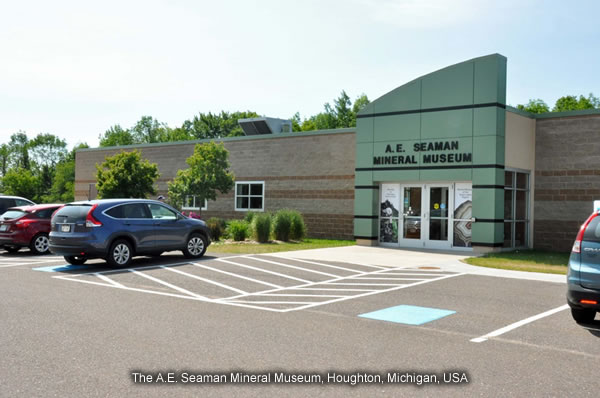
I have been fortunate, over the years, to visit the A.E. Seaman Mineral Museum of Michigan Technological University several times. The Museum is located in Houghton, Michigan in a technical park which is part of Michigan Technological University. For details about the Museum, visit www.museum.mtu.edu.

On a personal note, when I was studying at the Haileybury School of Mines, many years ago, I applied for admittance to Michigan Technological University (MTU) to complete an engineering degree and was accepted. Many fellow Haileyburians had attended MTU (or Empty U., as they fondly called it) and it seemed like a logical step. MTU students came to Haileybury for their surveying field school every summer and the two schools had a close association. In my wisdom, at the time, I decided not to go on to Michigan Tech, opting instead, to get out into the working world. I cannot complain how things turned out for me in my mining career since I’ve had a wonderful and varied career in mining and explosives. I can’t help but wonder what might have changed, however, if I had attended MTU. If I’d known how great the minerals and collecting were in the Keweenaw Peninsula, at the time, perhaps I would have made the decision to attend MTU!
I’ve known for many years that the University was going to move the Museum to new quarters somewhere. I was under the impression that the Museum would be housed in some of the old buildings of the Quincy Mine in Hancock, just across the channel from Houghton. Right up until the first day of my visit in July, 2015, I was still under the impression that the Museum had been moved to restored Quincy Mine buildings. It was upon my arrival during that visit that Associate Curator Chris Stefano informed me that the plan to move the Museum into the old Quincy Mine buildings had been abandoned due to the high price tag associated with the restoration of the old buildings. Instead, a brand new building was erected in Houghton and the A.E. Seaman museum was installed there. The new Museum building is NOT as architecturally dramatic as the Quincy Mine Buildings would have been since it is just a simple, modern box-like structure. It is functional, however, and the contents of that building are fantastic!
In my humble opinion, the A.E. Seaman Museum has one of the best mineral collections in the world. The best of the museum’s collection is highly regional featuring minerals from the copper mines of the Keweenaw Peninsula and other mines of northern Michigan. In a word, a huge number of the mineral specimens on display from the region are breathtaking and amongst the world’s best. As well, the displays of minerals from the region around Lake Superior are excellent. The systematic mineral collection is very respectable with examples of fine and rare minerals from around the world. As well, there are excellent educational exhibits about the importance of minerals in our daily lives, fluorescent minerals, mining history and artifacts, etc.
The Museum gift shop is the most extensive earth science-oriented shop that I’ve ever seen, including most professional “Rock Shops”. There are all types of great-looking mineral specimens, polished minerals, jewelry, objets d’art, books, maps, etc. Mineral specimens available in the gift shop include real top quality mineral specimens for real mineral collectors, not just tourist stuff!
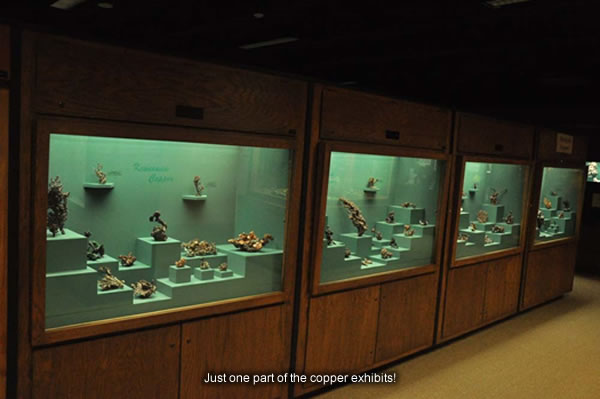
As alluded to above, the best of the Museum’s collection are the specimens from the copper mines of the area, including copper, silver, calcite and other minerals. The copper specimens are the star attraction here. The size of crystals, aesthetic arrangements of crystals as specimens, perfection of crystallographic forms and history of some of the specimens leave me agog. Dozens and dozens of amazing copper specimens are on display. Interestingly, many more dozens of specimens that would be impressive and instructional to interested people are not on display but housed in storage in the “back rooms” of the museum. There just is not enough room to put them all out!
The silver and calcite specimens are not far behind the coppers! The calcite crystals include gemmy, clear crystals on copper, as well as sharp scalenohedra with inclusions of copper crystals. The included copper is not subject to oxidation which results in very dramatic specimens. The silver crystals are usually large, sharp arborescent crystals clusters or sharp individual crystals, often associated closely with copper. Simply amazing!

The extensive systematic collection shows many hundreds of specimens grouped in their chemical groups, according to Dana. The specimens are high quality and the various groups are well represented.
Many of the specimens in the collection came from the collections that have been donated to or acquired by the University/Museum over the years. One cannot help but be captivated by the passion of these, largely, long gone mining executives, collectors, scientists and educators when observing the specimens they acquired and preserved. Museum staff have been careful to note, for all to see, on labels of many of the specimens, just who donated specimens. Names like Dengler, Denning, Gabriel, Heinrich, Hubbard, Koening, Lawbaugh, Rawlings, Reeder, Seaman and Whittle denote just some of these collectors from the past 150 years or so. Their foresight in accumulating their collections of fine and unusual specimens helped establish the A.E. Seaman Mineral Museum as one of the best.
As well, though, curatorial staff were quick to point out a number of contemporary specimens that have been acquired from local collectors, in recent times. Specimens worthy of being displayed in these amazing galleries are still being found from time to time in the “waste rock” dumps of local mines. Collectors with metal detectors and/or shovels and picks still can find world class copper and silver specimens by applying persistence and hard work!
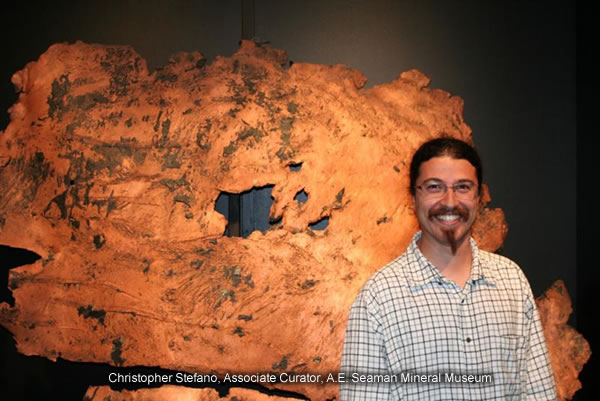
The current museum is a result of the hard work of many people. Leading the charge have been former Director Stan Dyl, current Executive Director Ted Bornhorst, former Curator Dr. George Robinson and current Associate Curator Dr. Chris Stefano. The fund-raising, cabinet specifications and acquisition, exhibit design, construction management, physical movement of the collection, installation and ongoing curation of the collection has been a monumental task! I’m sure that future generations of mineral enthusiasts and students of mineralogy will be always grateful!
Here are many photographs of superlative specimens in the A.E. Seaman Mineral Museum collection with comments. Please keep in mind that the photography was done very quickly and is intended to give you just a cursory overview of the museum and of only some of the specimens on display. If you are interested in mineral specimens and mineralogy, you owe yourself a visit to this great museum to see the exhibits in person!
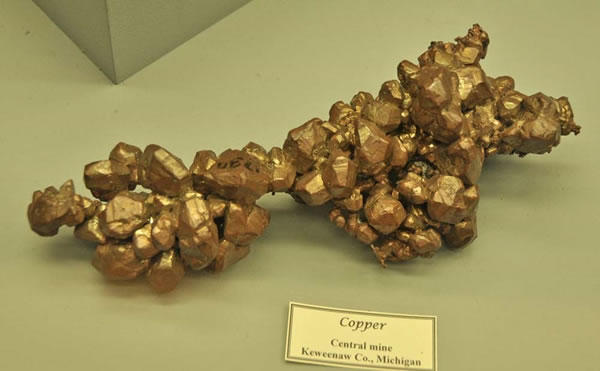
Copper, Central Mine, 16.0cm across. What a specimen! One of my favourites.
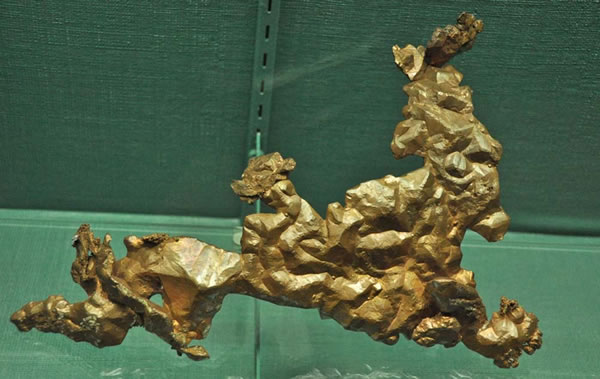
Copper, Keweenaw Peninsula, 24.0cm across. Unfortunately, the exact location of this piece is not known.
Some people call it “the Rabbit”.
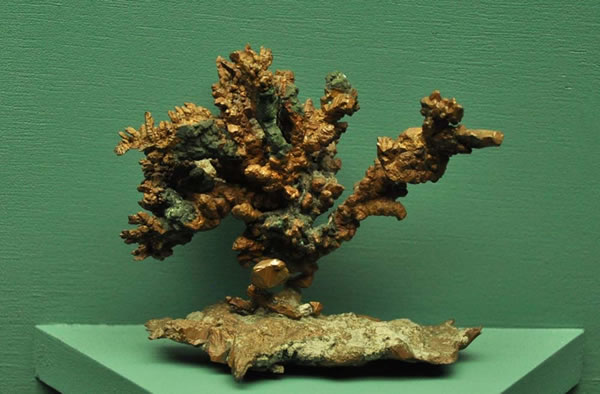
Copper, Central Mine, 12.0cm across. Even the matrix is native copper.

Copper, Lake Superior Copper District, 8.0cm long. Exact Locality unknown. What cubes!
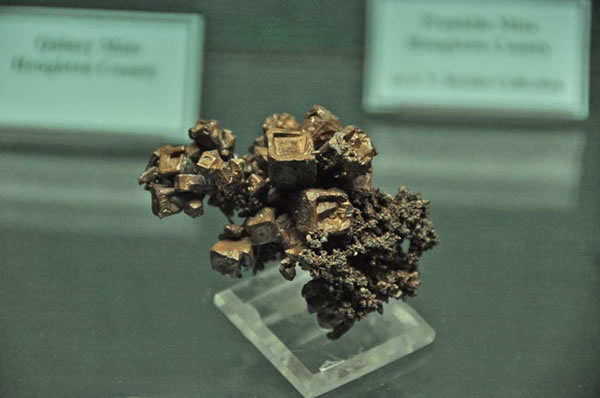
Copper, Ahmeek Mine, 6.0cm across. More great cubes. Hoppered!
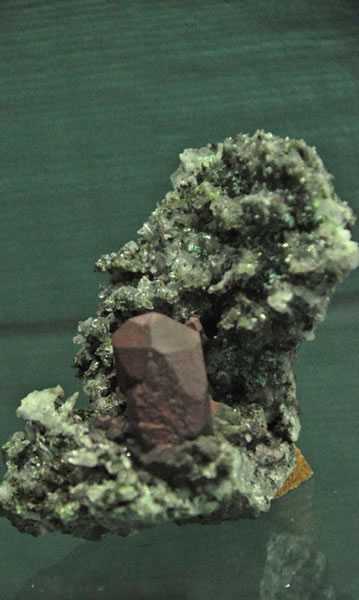
Copper, Quincy Mine, 8.0cm tall. Another of my favourites! (sorry, slightly out of focus!)
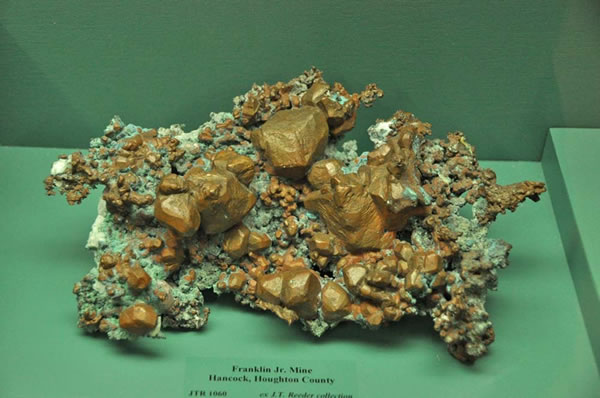
Copper, Franklin Jr. Mine, 18.0cm across.
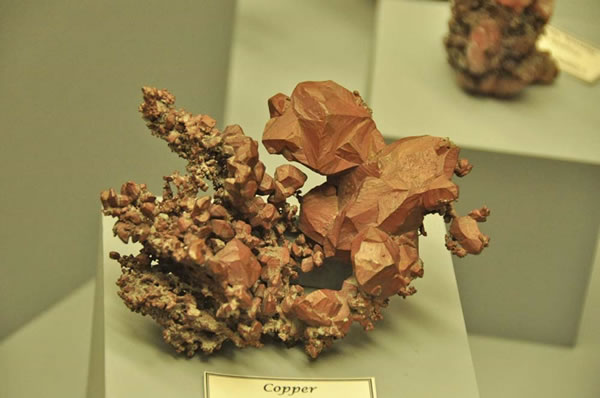
Copper, Phoenix Mine, 8.0cm across
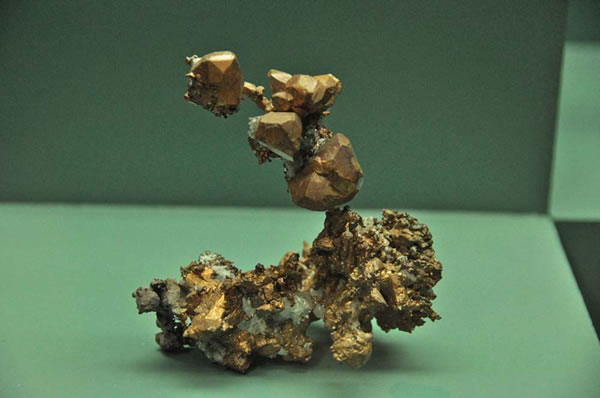
Copper, Quincy Mine, 8.0cm across
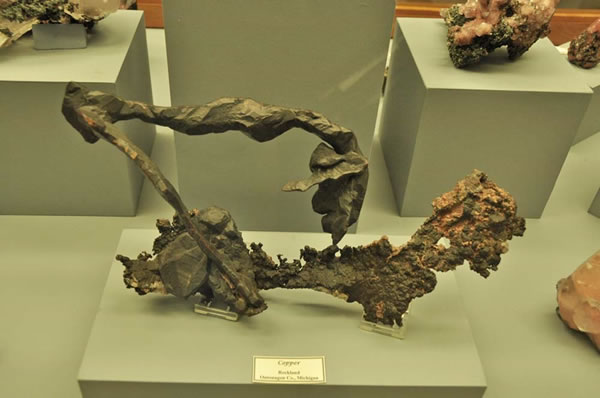
Copper, Rockland, 30.cm across. A bizarre specimen, sometimes referred to as “the Grasshopper”.

Copper, White Pine Mine, 29.0cm tall. Different!

Copper, Bohemian Mine, 7.0cm tall. A huge crystal found only a few years ago by a local collector.
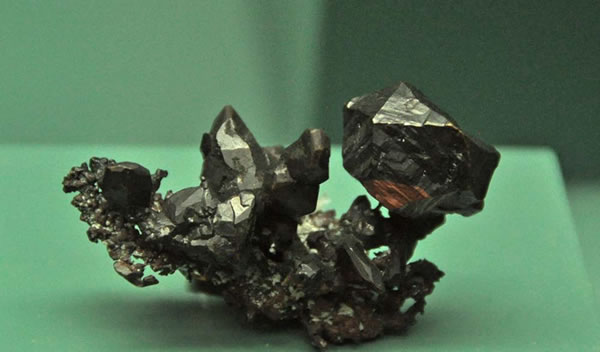
Copper with tenorite coating, Central Mine, 9.0cm across.
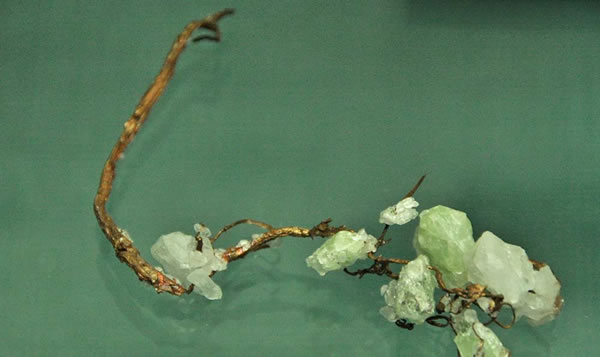
Copper, Champion Mine, 10.0cm across.
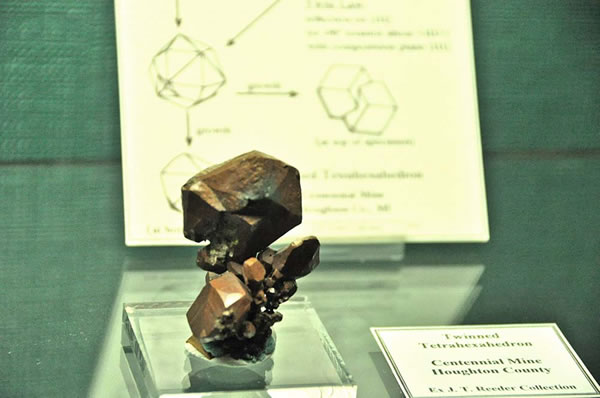
Copper, Centennial Mine, 6.0cm tall. Nice specimen with crystallographic explanation behind it.
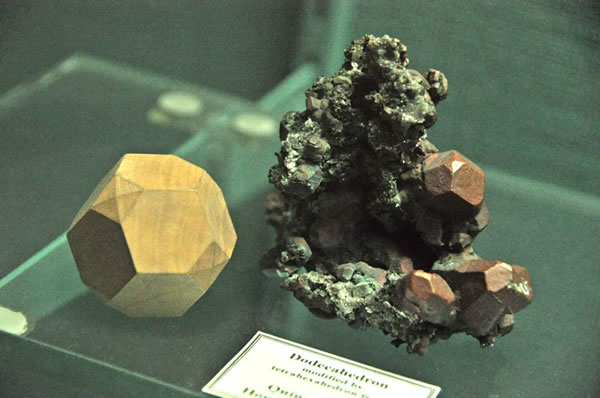
Copper, Quincy Mine, 7.0cm tall. Look at those tetrahexahedral faces!
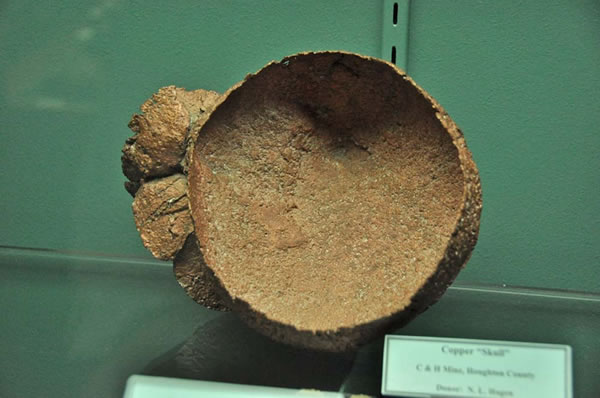
Copper “Skull” formation, C&H Mine, 16.0cm across. People still wonder how these “skulls” really were formed!

Silver crystals on copper, Wolverine Mine, 5.0cm across
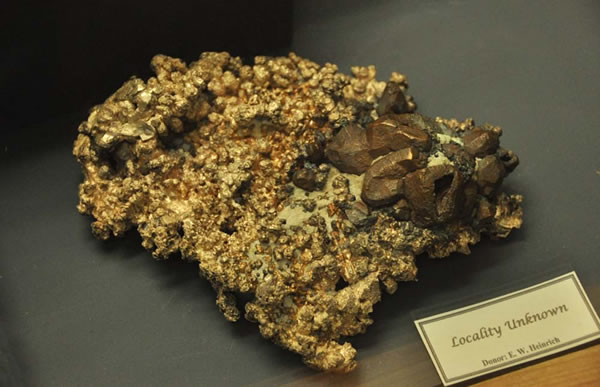
Silver, Copper, Locality unknown, 15.0cm across. WHAT a specimen!
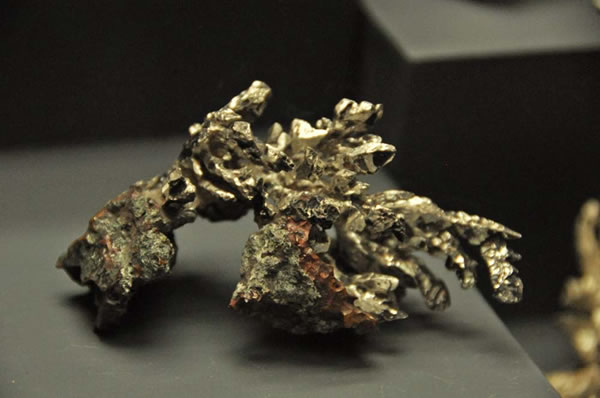
Silver, Cliff Mine, 7.0cm across. An unusually nice lustre for silver from this area.

Silver on Copper, Isle Royale, #3 Mine, 10.0cm across. Collected recently by a collector who liberated
the metallic minerals from quartz with hydrofluoric acid.
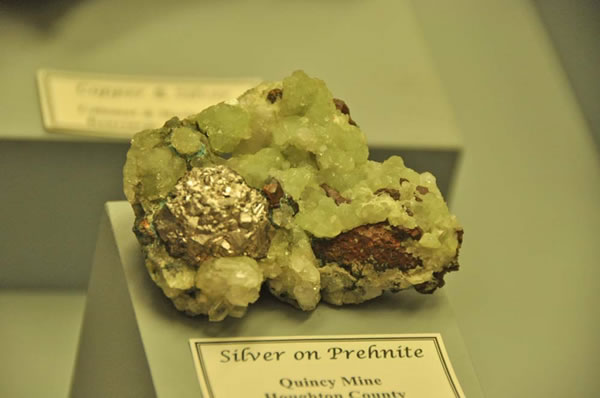
Silver, Prehnite, Copper, Quincy Mine, 8.0cm across. I LOVE this piece!

Silver, Michigan Mine, 6.0cm across.
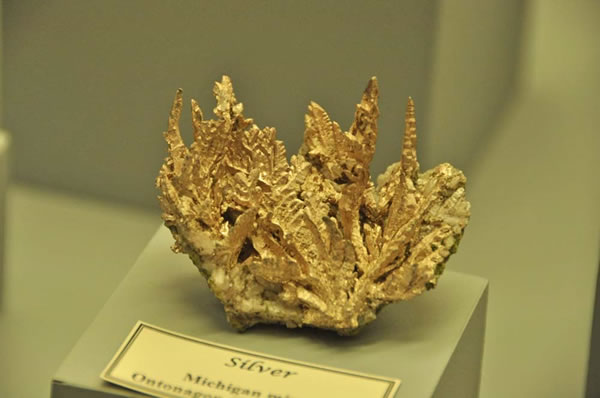
Silver, Michigan Mine, 6.0cm across.

Silver, Cliff Mine, 8.0cm tall.
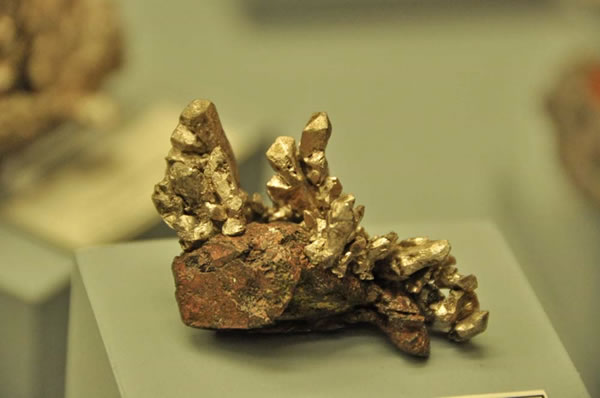
Silver on Copper, Kearsarge Mine, 6.0cm across.
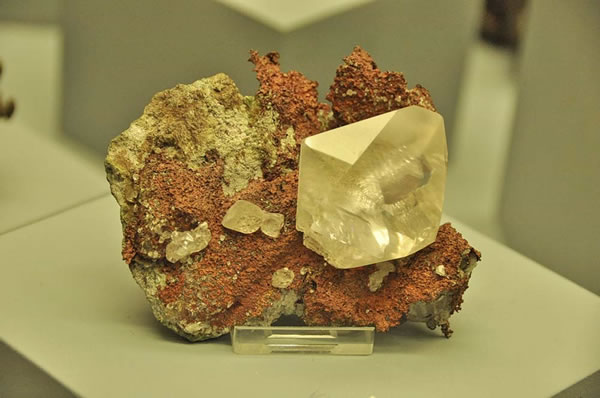
Calcite on copper, Copper Falls Mine, 12.0cm across. What a gem!
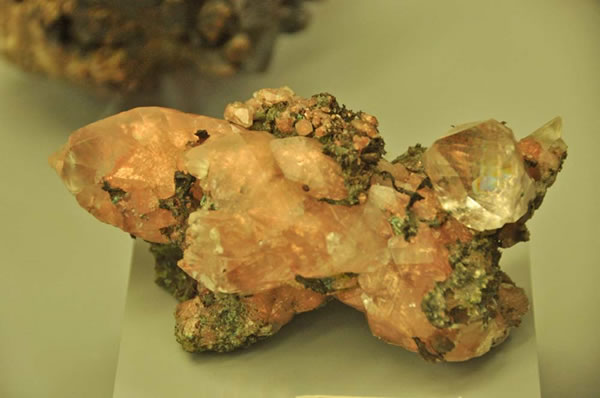
Copper in Calcite, Quincy Mine, 12.0cm across. All of the calcites have included copper
except the gemmy crystal on the right.

Analcime on copper, Phoenix Mine, 7.0cm across.
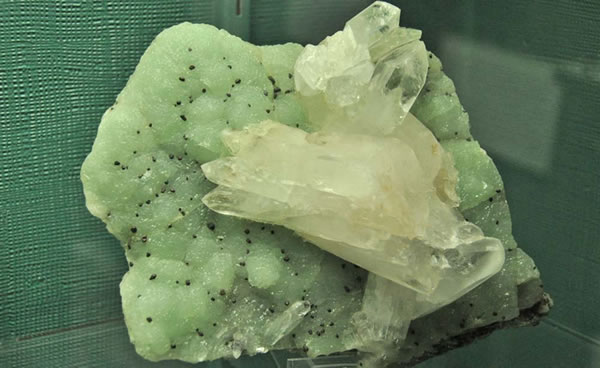
Quartz, Prehnite, C&H Mine, 14.0cm across.
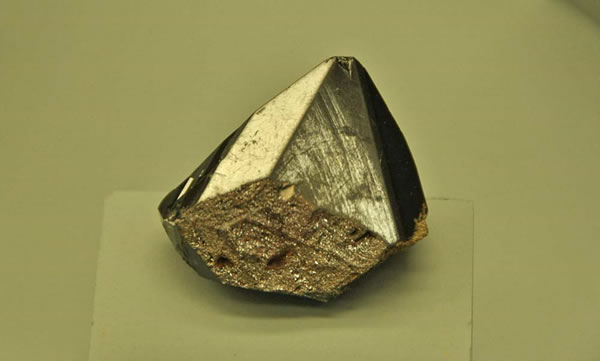
Powellite, Tamarack Mine, 4.0cm. This was considered the best powellite crystal in the world until
the amazing Indian powellite crystals came along in recent times!
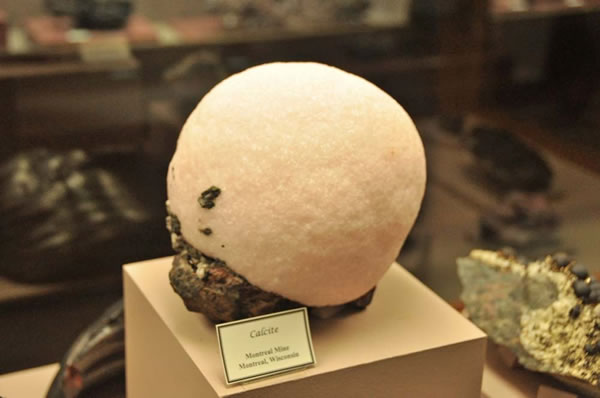
Calcite, Montreal Mine, Montreal, Wisconsin, 12.0cm across.
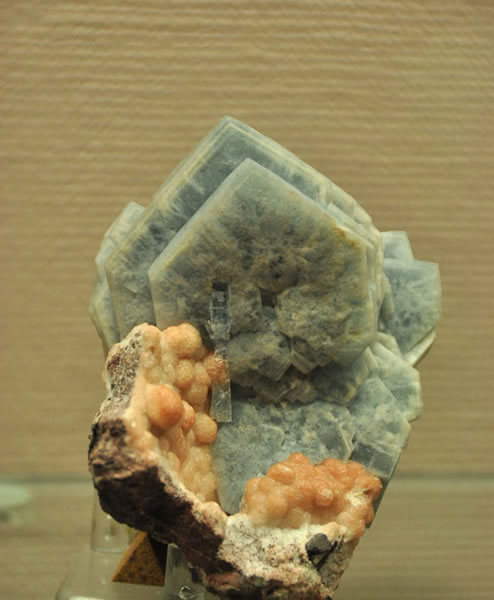
Barite, Cary Mine, Hurley, Wisconsin, 8.0cm tall

Shigaite, Seamanite, Bengal Mine, Stambaugh, Michigan. The hexagonal crystals are fantastic shigaite
and the pinkish crystal is seamanite. Sorry, a little out of focus! Rare stuff!
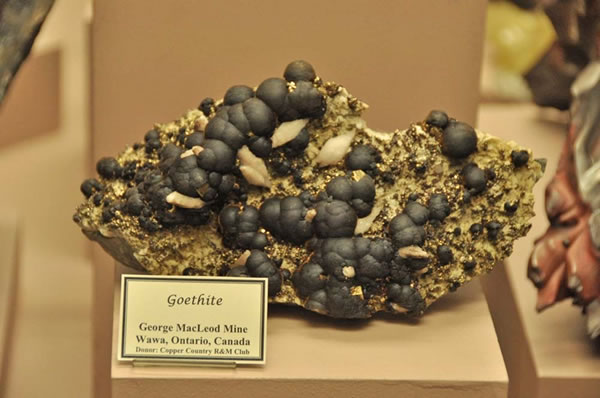
Goethite, Calcite, Marcasite, MacLeod Mine, Wawa, Ontario Canada, 14.0cm across
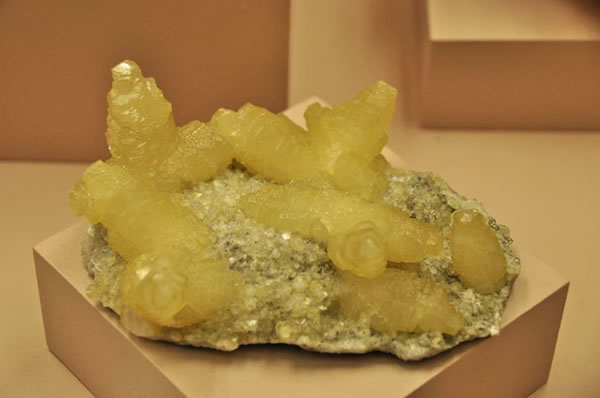
Calcite, MacLeod Mine, Wawa, Ontario, Canada, 14.0cm across. One of the nicest I’ve seen!

Cubanite, Henderson II Mine, Chibougamau, Quebec, 8.0cm across.
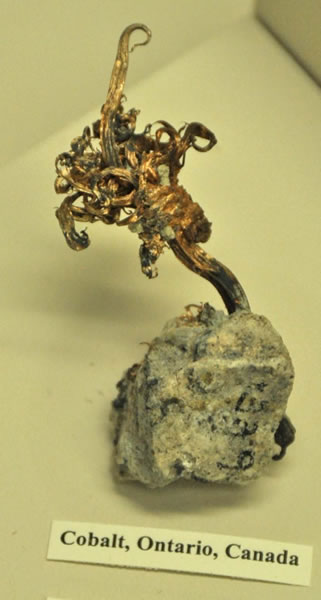
Silver, Cobalt, Ontario, Canada, 7.0cm tall.

Sperrylite, Broken Hammer Mine, Sudbury, Ontario, Canada, 3.0cm across. A contemporary killer!
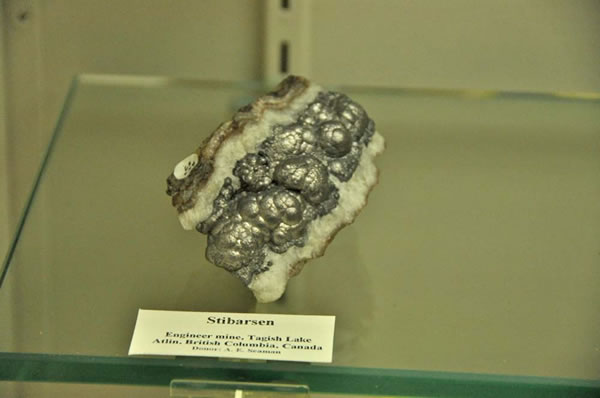
Stibarsen in Quartz Vein, Engineer Mine, Tagish Lake, nr. Atlin, British Columbia, Canada, 7.0cm across.

Antimony, Calcite, Lake George Antimony Mine, Lake George, New Brunswick. 17.0cm across.
I think this one of the best native Antimony specimens in the world! Look at those crystals!